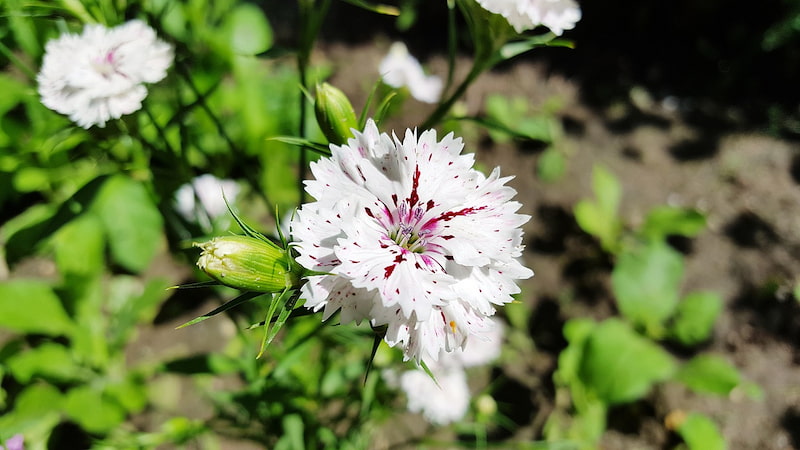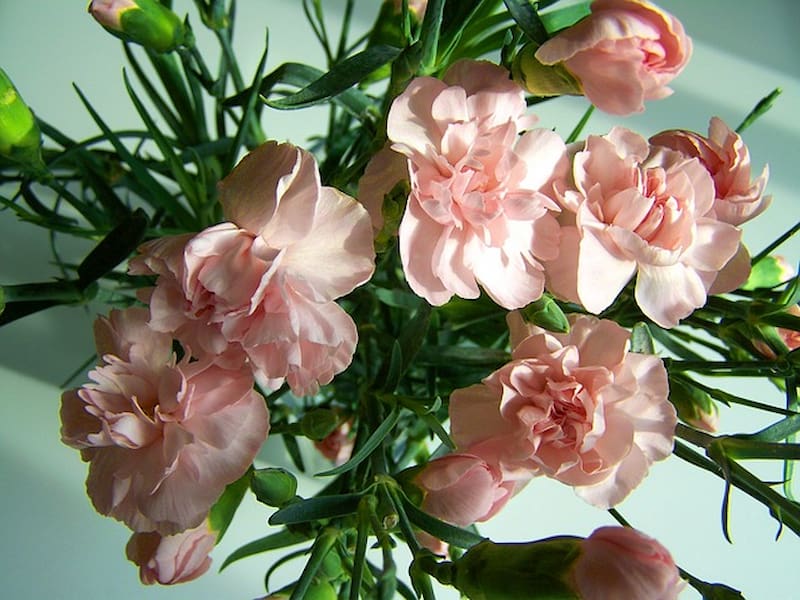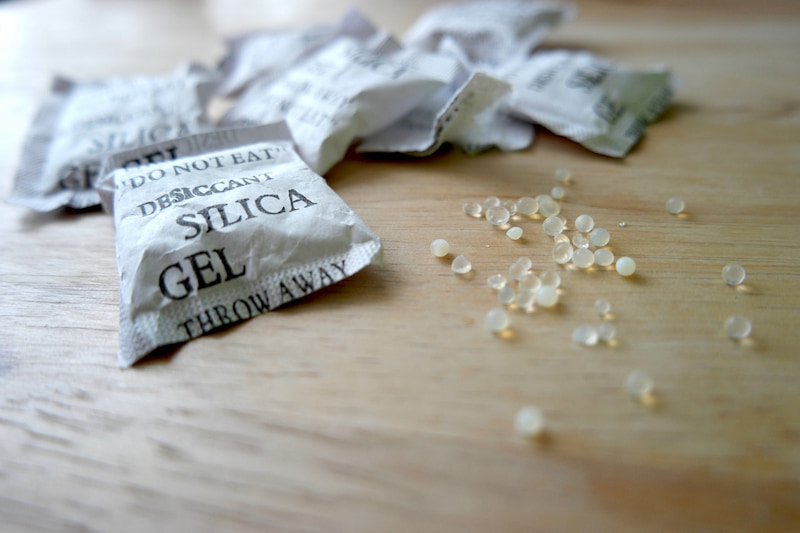Carnations, florists' carnations or Carthusian pinks, miniature carnations or sand pinks, all belong to the Dianthus genus. Varying in shape and size, carnations are nonetheless characterised by the beauty and enchanting fragrance of their flowers. Single, semi-double or double flowers that bloom from May to September in perfectly drained, rather sunny soils. Ideal for creating pretty bouquets, carnations have a somewhat old-fashioned image that adds to their charm in both the garden and home. Especially since they hold up well in vases. To prolong the beauty of carnations' delicate, dentate petals, why not dry these "flowers of the gods"? We explain the different methods for drying carnations.
When to pick carnation flowers?
You love the delicacy and softness of carnations that perfume your garden. And you want to extend their life by drying them. However, be aware that carnations aren't the easiest flowers to dry like peonies, roses, hydrangeas, baby's breath, eucalyptus, everlasting flowers, sea lavender, yarrow, lavender or others. Carnations tend to lose their pretty colours. That said, you might still get a pleasant surprise...
To give yourself the best chance, pick your carnations in the morning, just after the dew has evaporated. And choose a sunny day without rain.

Choose flowers that are close to full flowering but not fully bloomed, or not completely open. And avoid flowers showing the first signs of wilting.
Don't hesitate to pick more than you need as drying carnations can be tricky. Cut the stems to the length of your future container and remove any leaves that might get damaged during drying.
How to dry carnation flowers?
There are several methods for drying carnations. Your choice will depend on how you plan to display your dried flowers.
Pressing method
If you want to use dried carnations to illustrate a pretty card, create a picture, or make a herbarium, flat pressing is recommended. This method helps (relatively) preserve the flowering colours. You can use a flower press or, more simply, a thick dictionary. Slip your flowers with their stems between two sheets of absorbent paper without them touching, then place between the dictionary pages. These absorbent sheets will need changing every 3 days or so. After three weeks, your carnations will be dry. You can spray them with hairspray if you wish to help protect them from dust.
Air drying
This is the least demanding drying method.
- Gather your carnations into bouquets of 5-6 flowers, tied with raffia or string. Be sure to cut your carnations with secateurs.
- Make a loose knot to allow air between the stems.
- Hang your bouquet upside down in a warm, dark, well-ventilated room, wrapped in newspaper to protect from dust. Sunlight must be avoided as it will cause the flowers to lose colour. An attic or garage is ideal. Again, after three weeks, your carnations will be dry.

To improve your chances, you can dip your bouquet in glycerine before hanging. How to proceed? Mix 1/3 glycerine with 2/3 boiling water. Stir and let cool before immersing your flowers. You can enjoy them for 3-4 weeks while the glycerine replaces the sap in the stems. Remember to make cross cuts in the branches before putting them in their glycerine bath. Then dry them upside down.
Silica gel drying
What is silica gel? Simply a moisture absorber that prevents flowers from rotting. Plus, it preserves the colour and volume of flowers. Several silica gel drying techniques are possible, but for carnations, prefer the airtight container method.
- Place 3cm of silica gel beads in an airtight container.
- Cover with a sheet of absorbent paper
- Gently place your flowers on the silica gel, leaving spaces between them.
- Close the lid and wait 2-3 days, or longer if needed.
- Once the carnations are dry, remove them carefully.
- Don't throw away your silica beads - they can be reused. Simply bake them at 120°C until dry.

Silica gel allows faster flower drying
































Comments